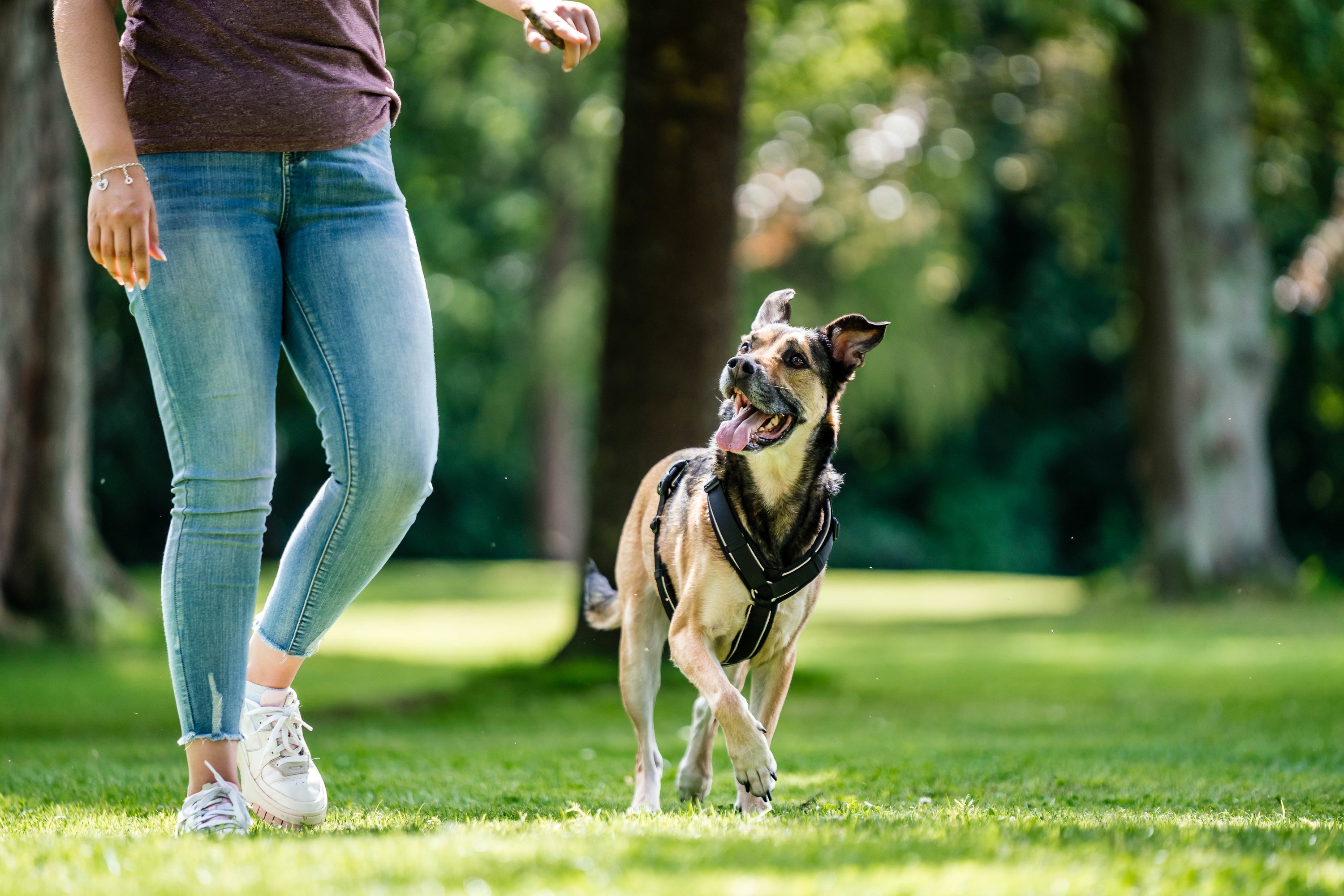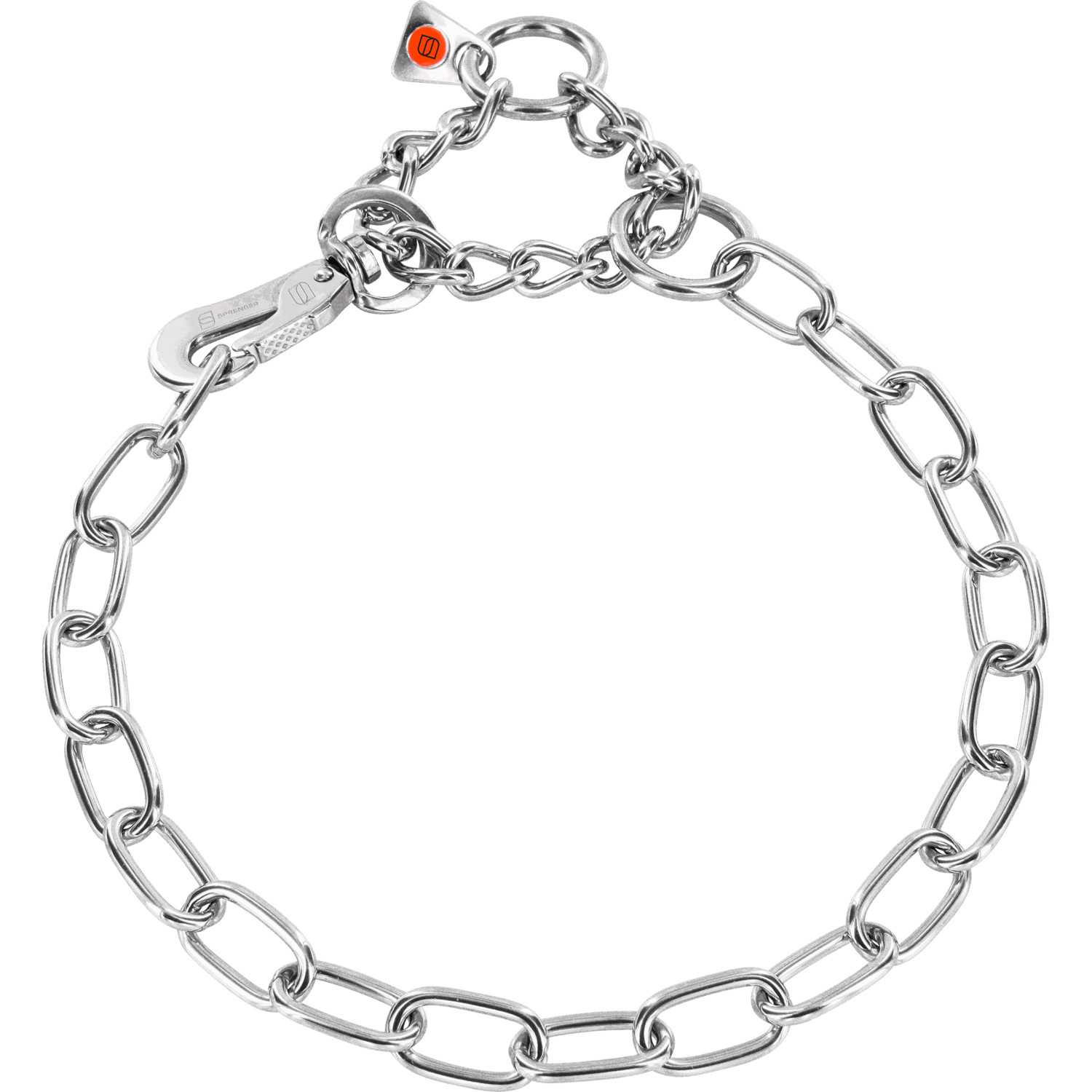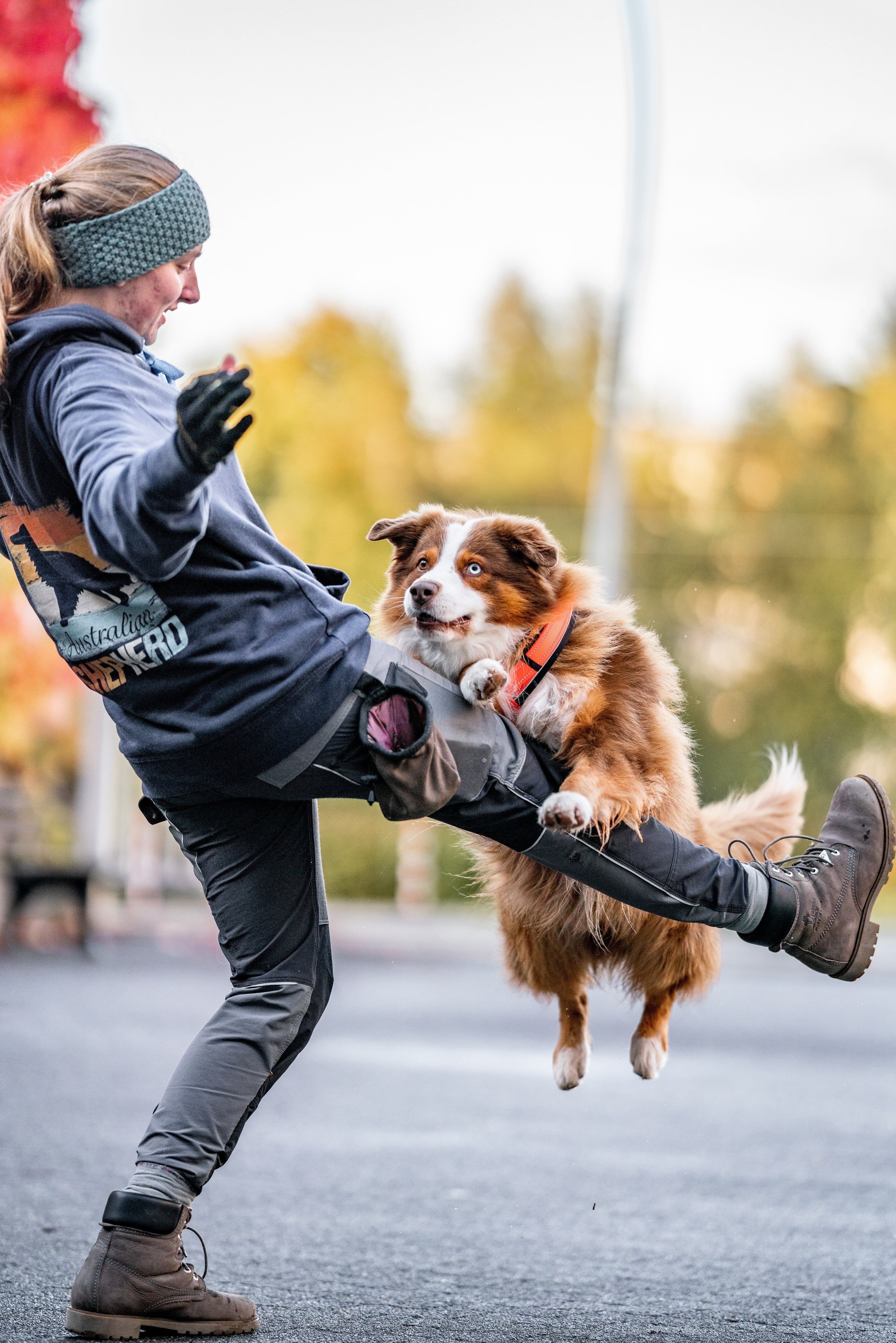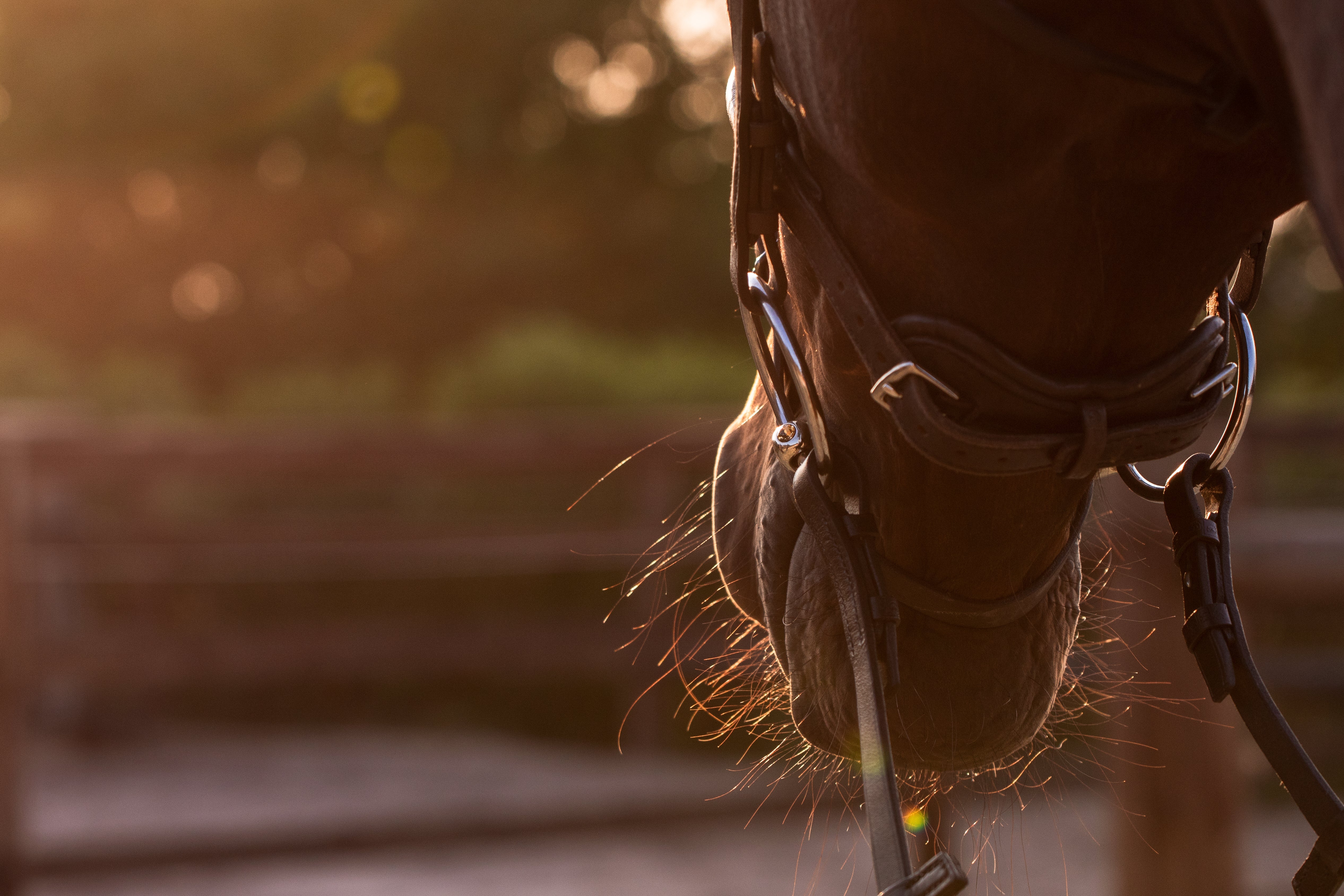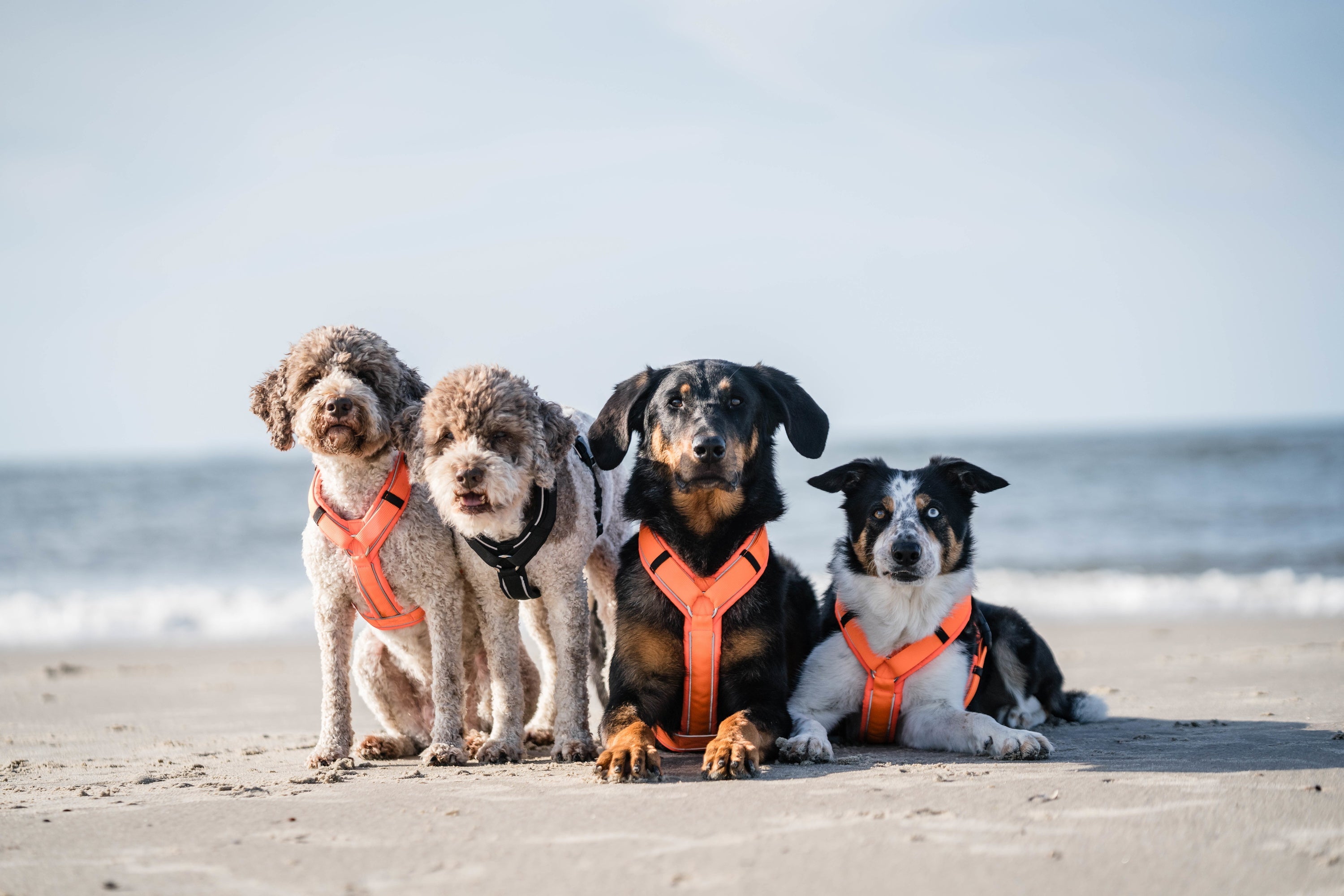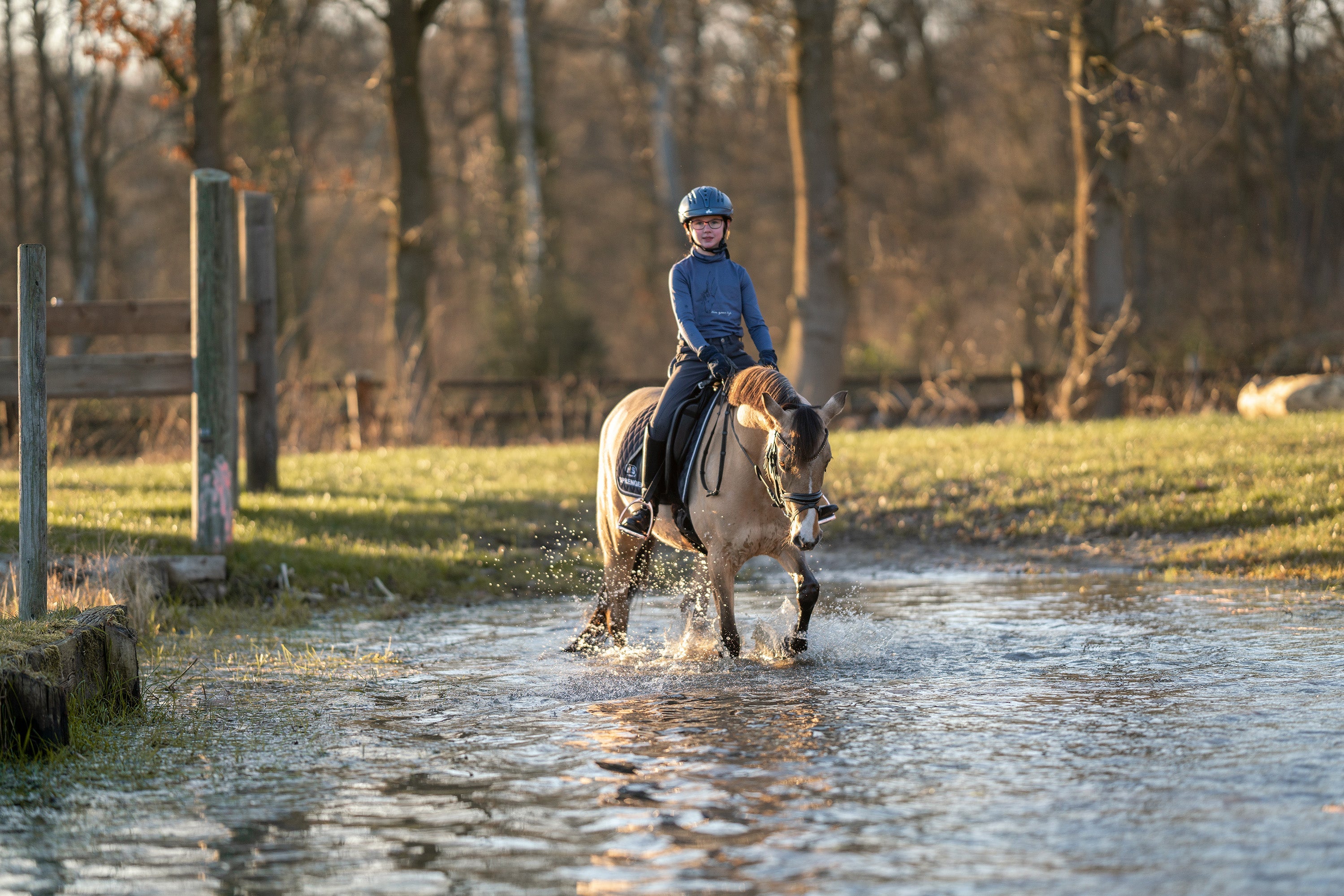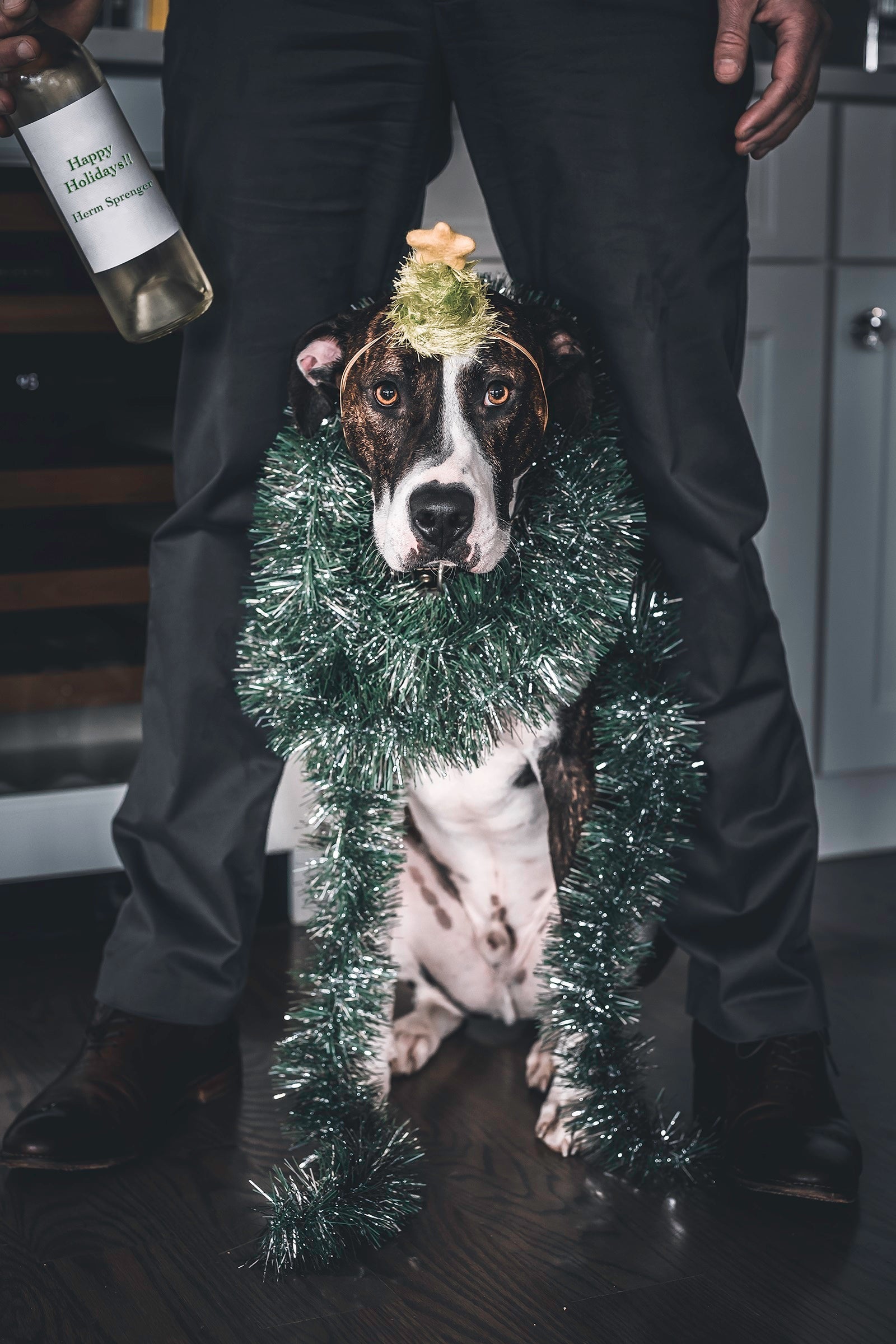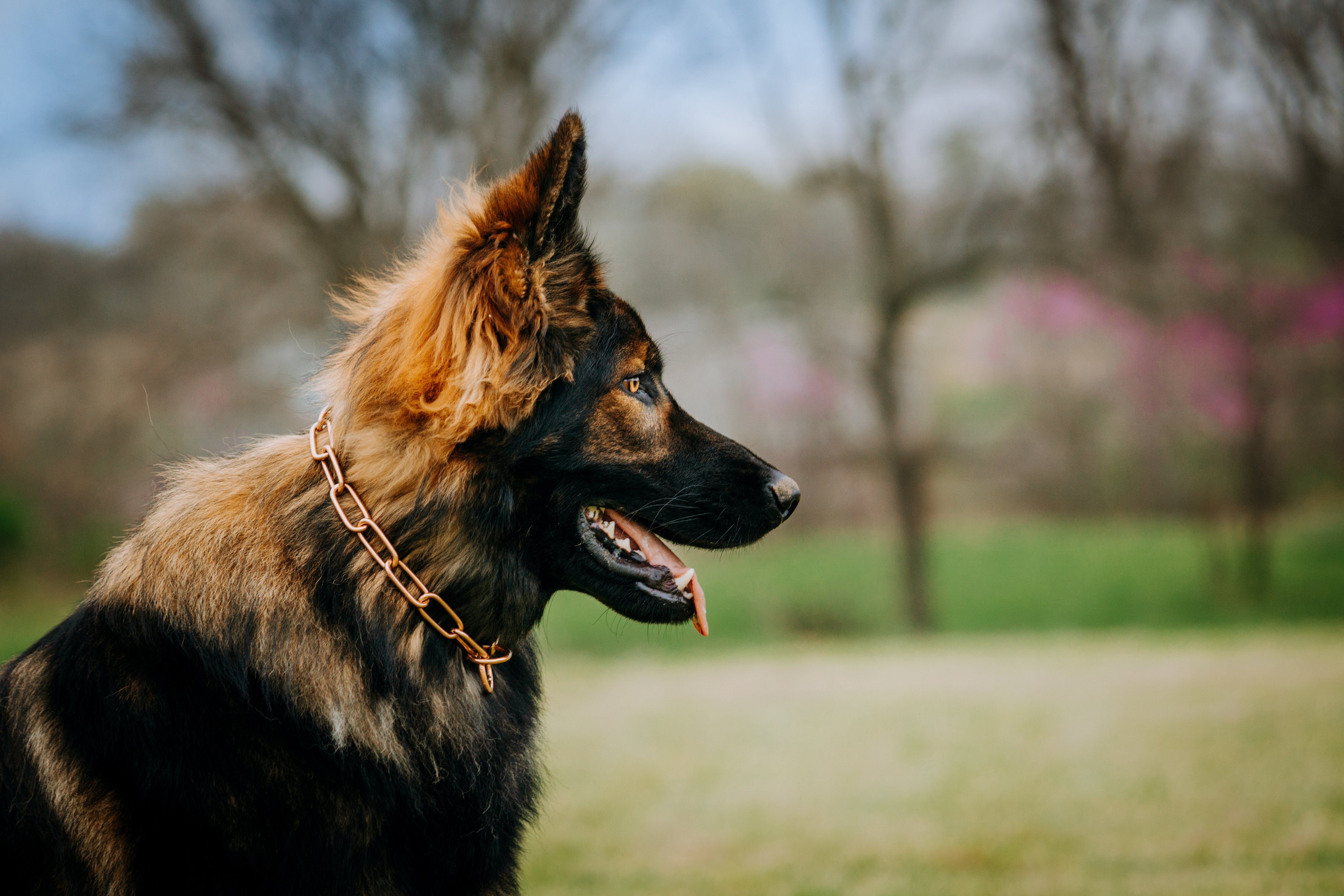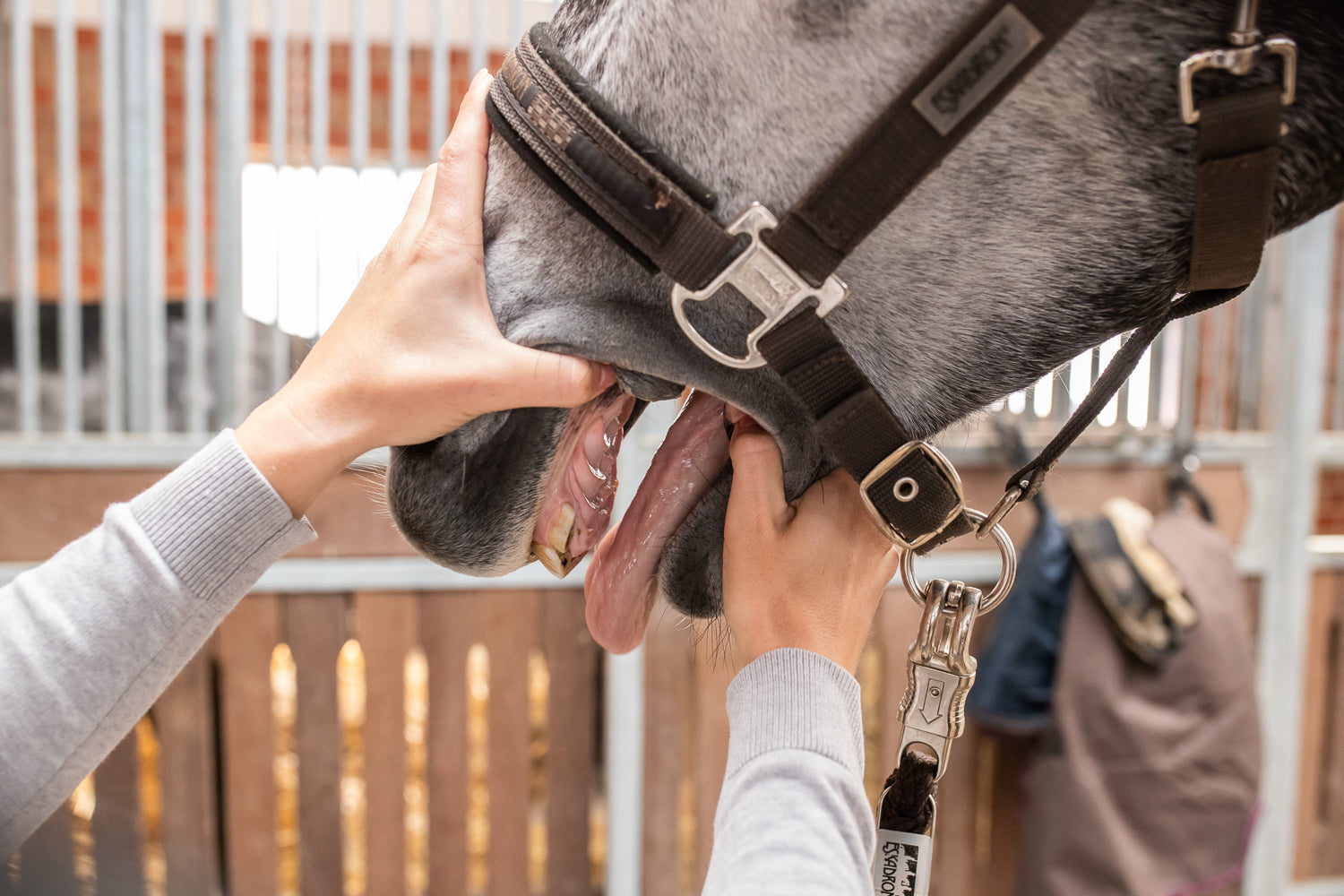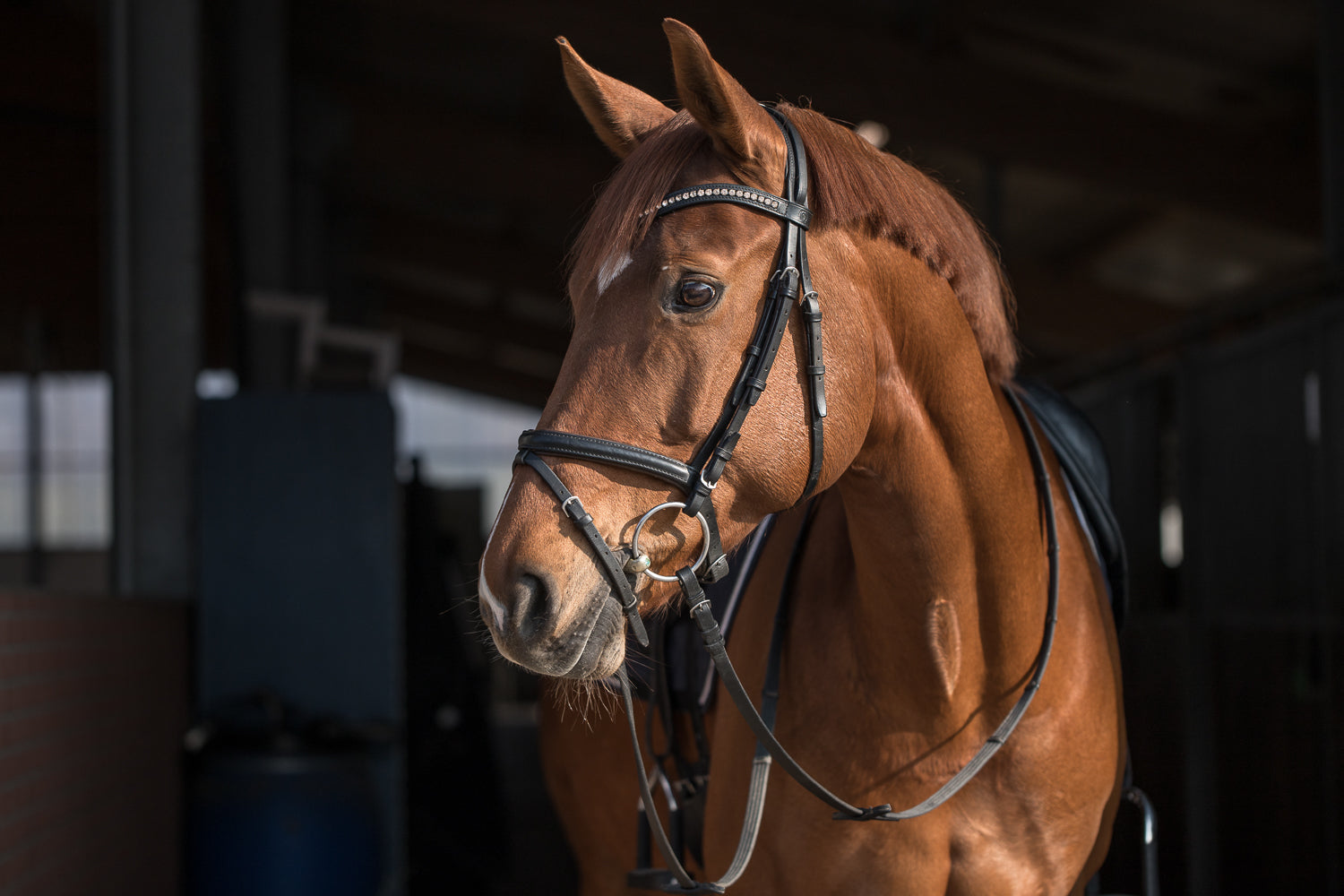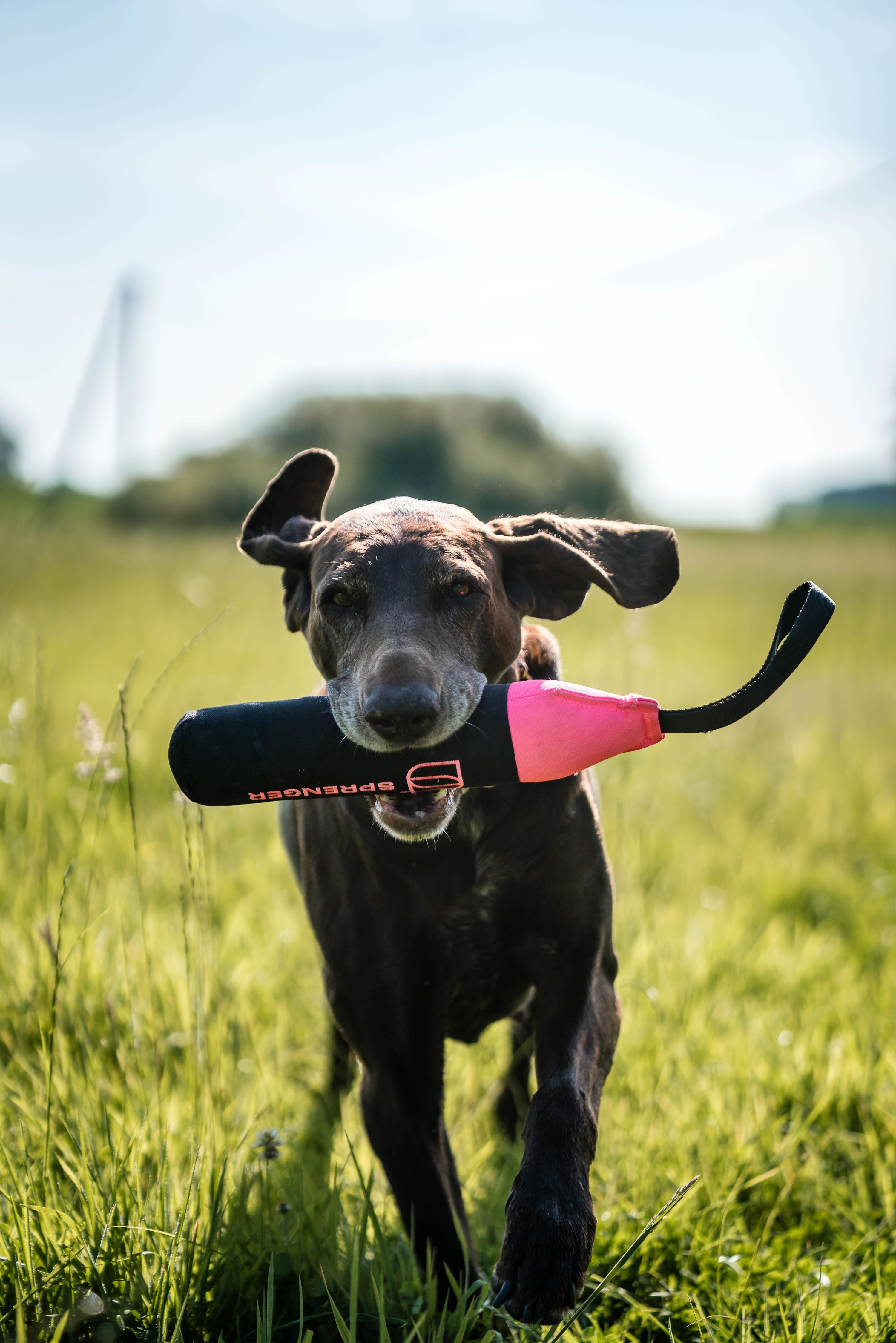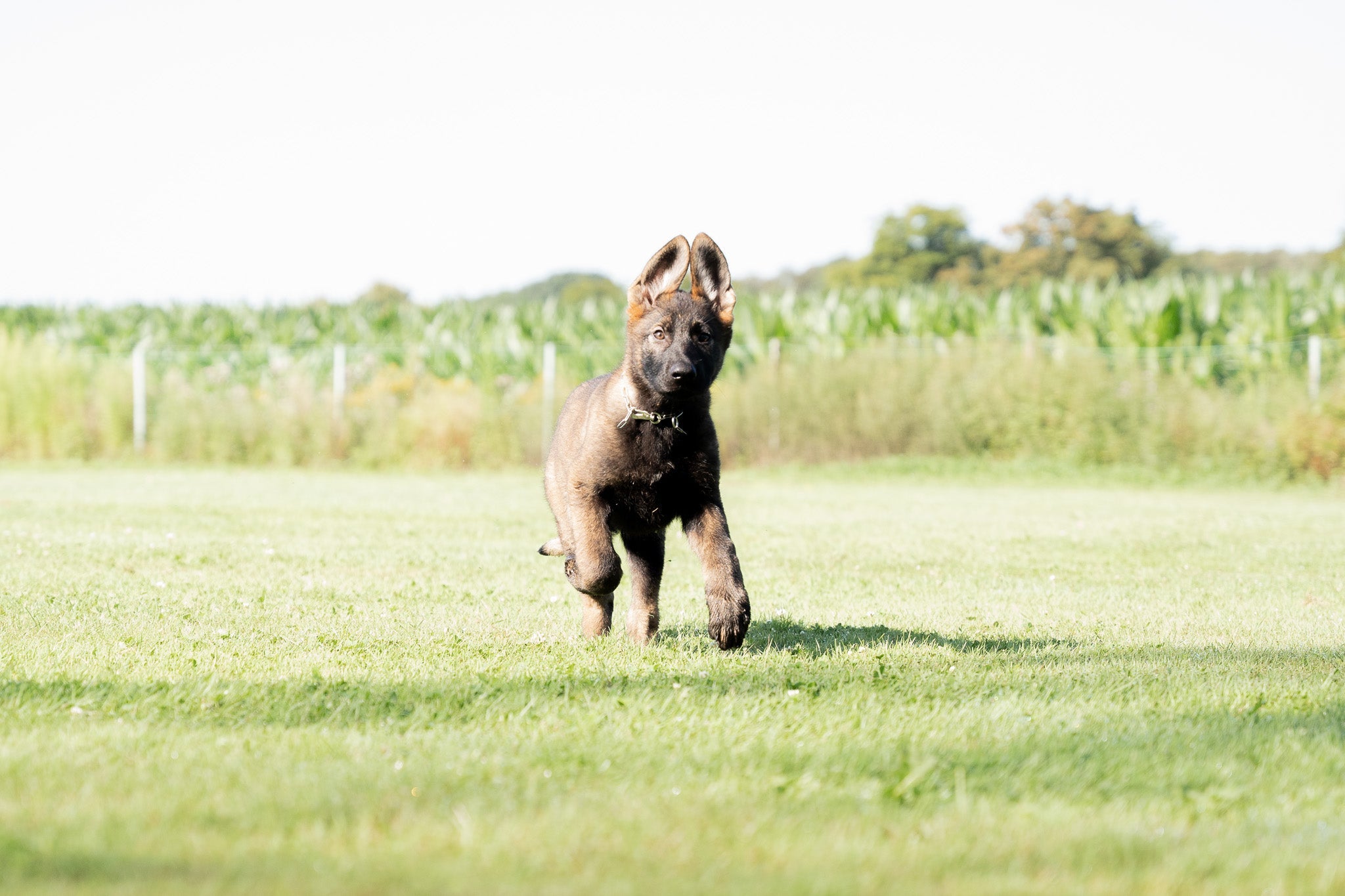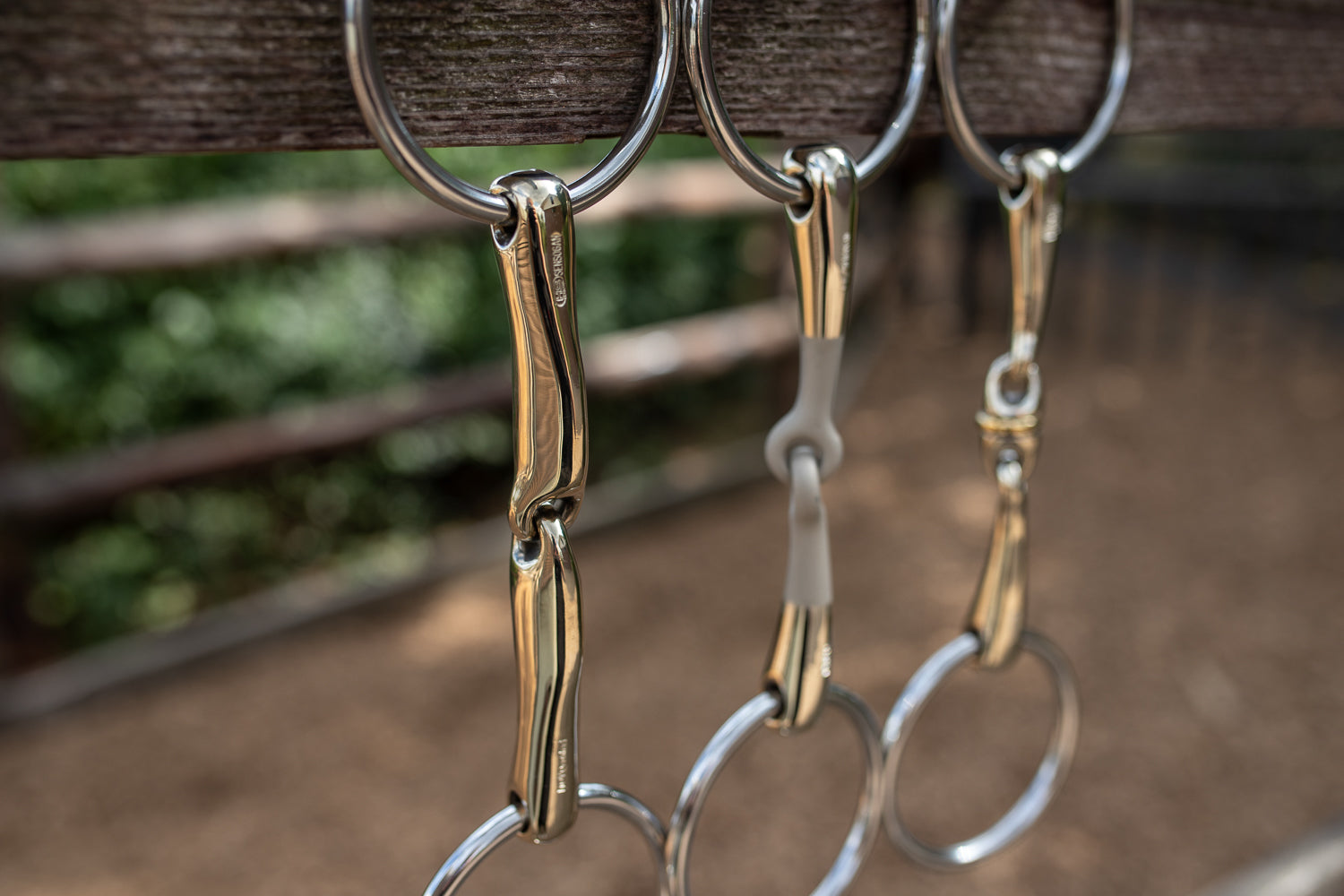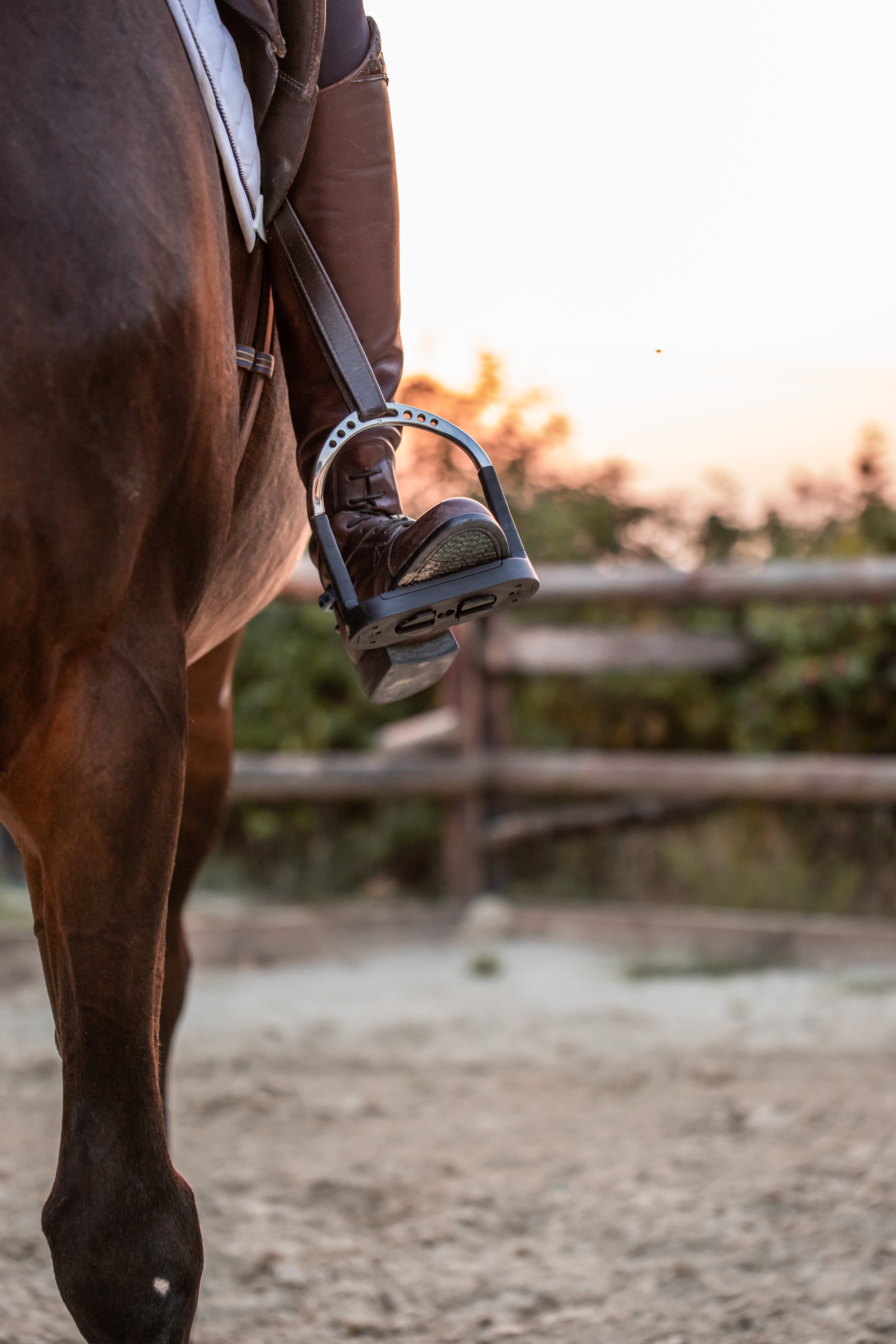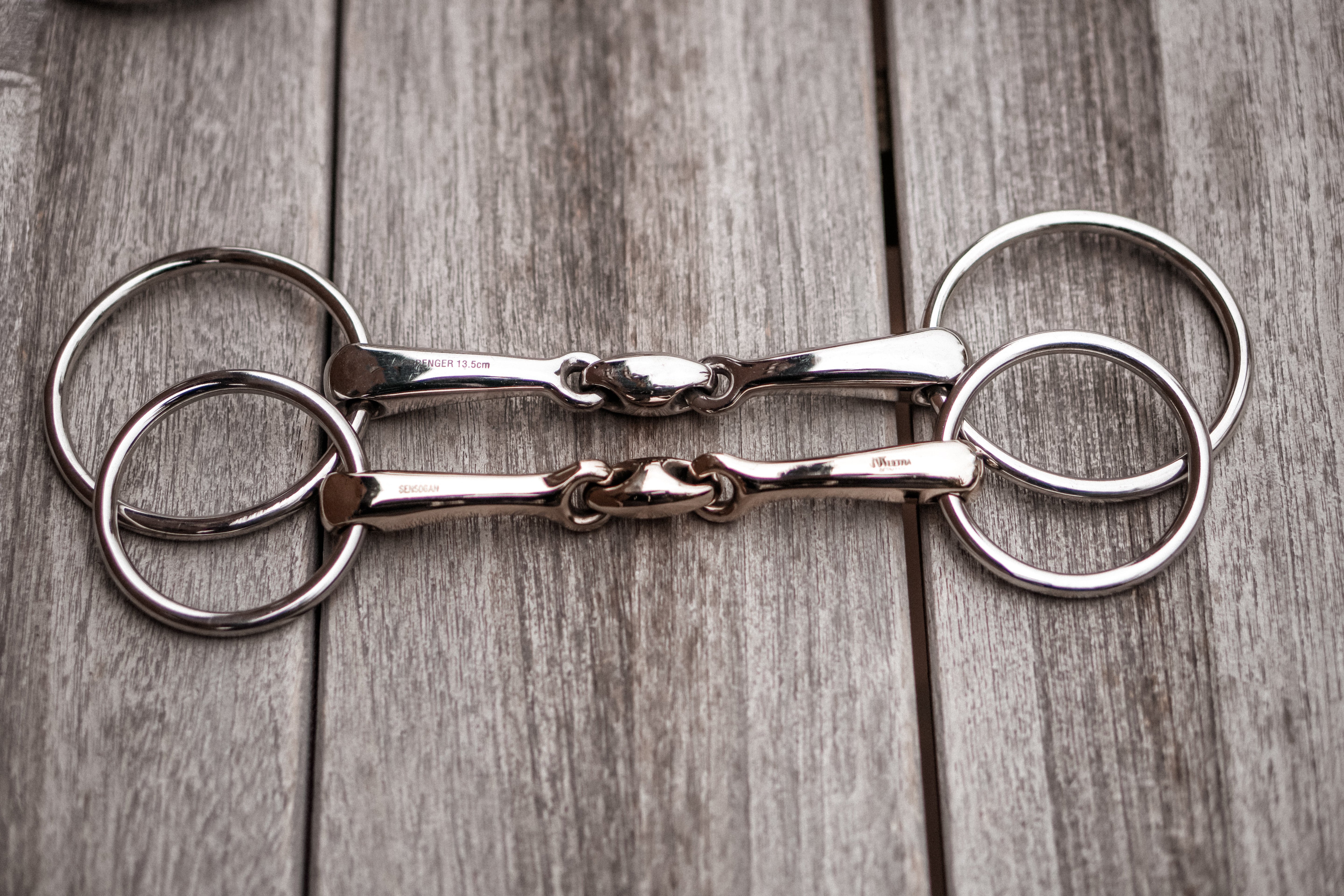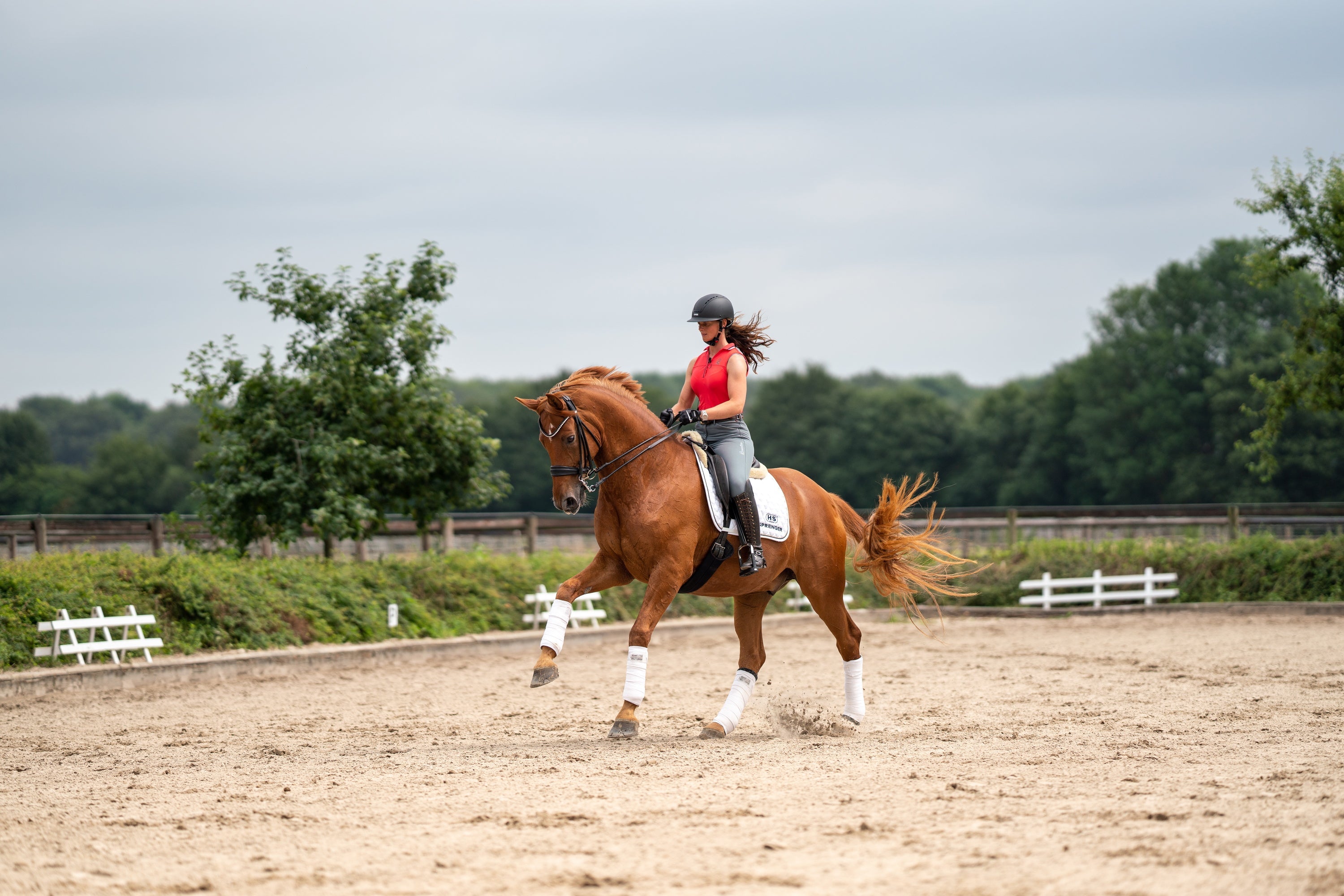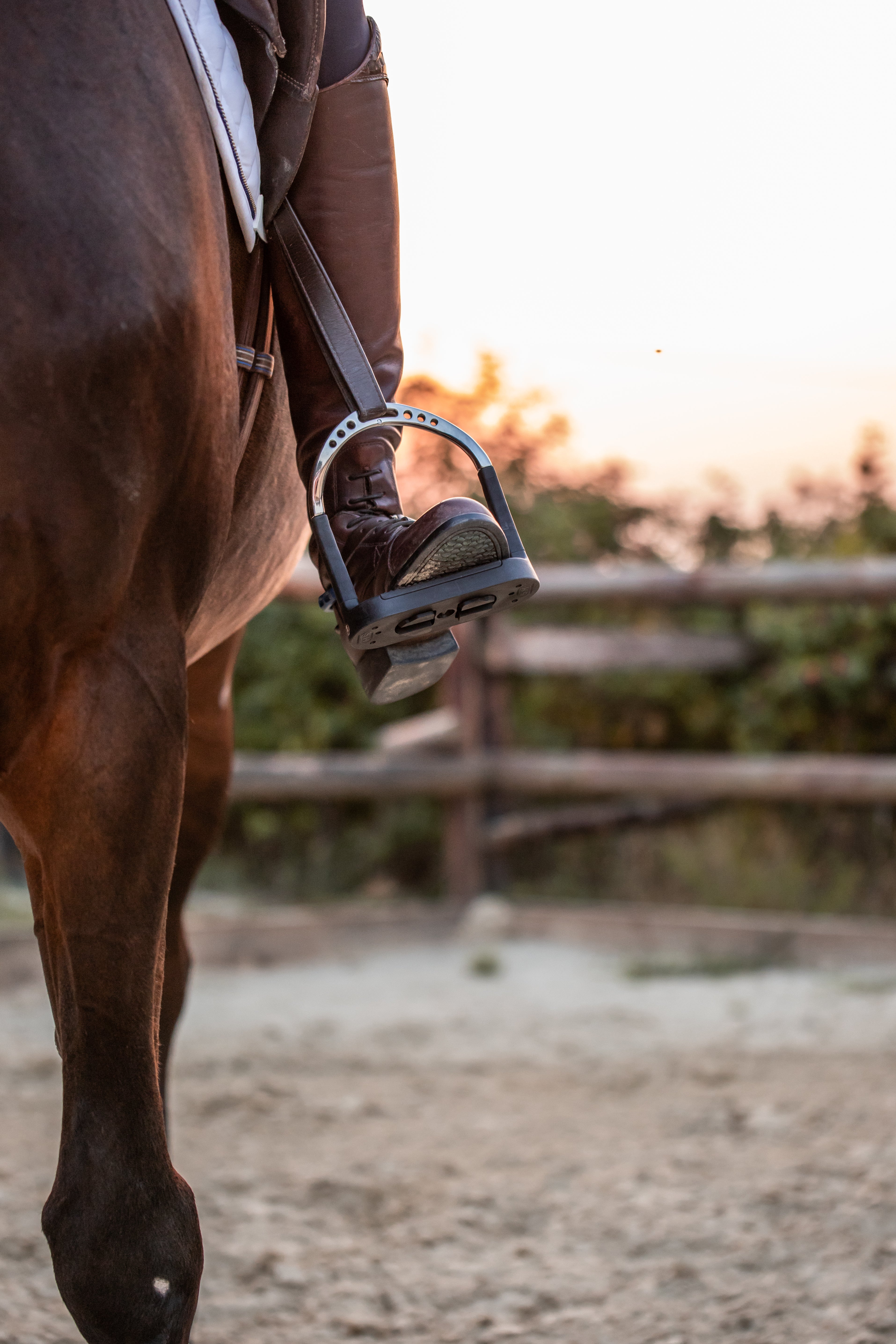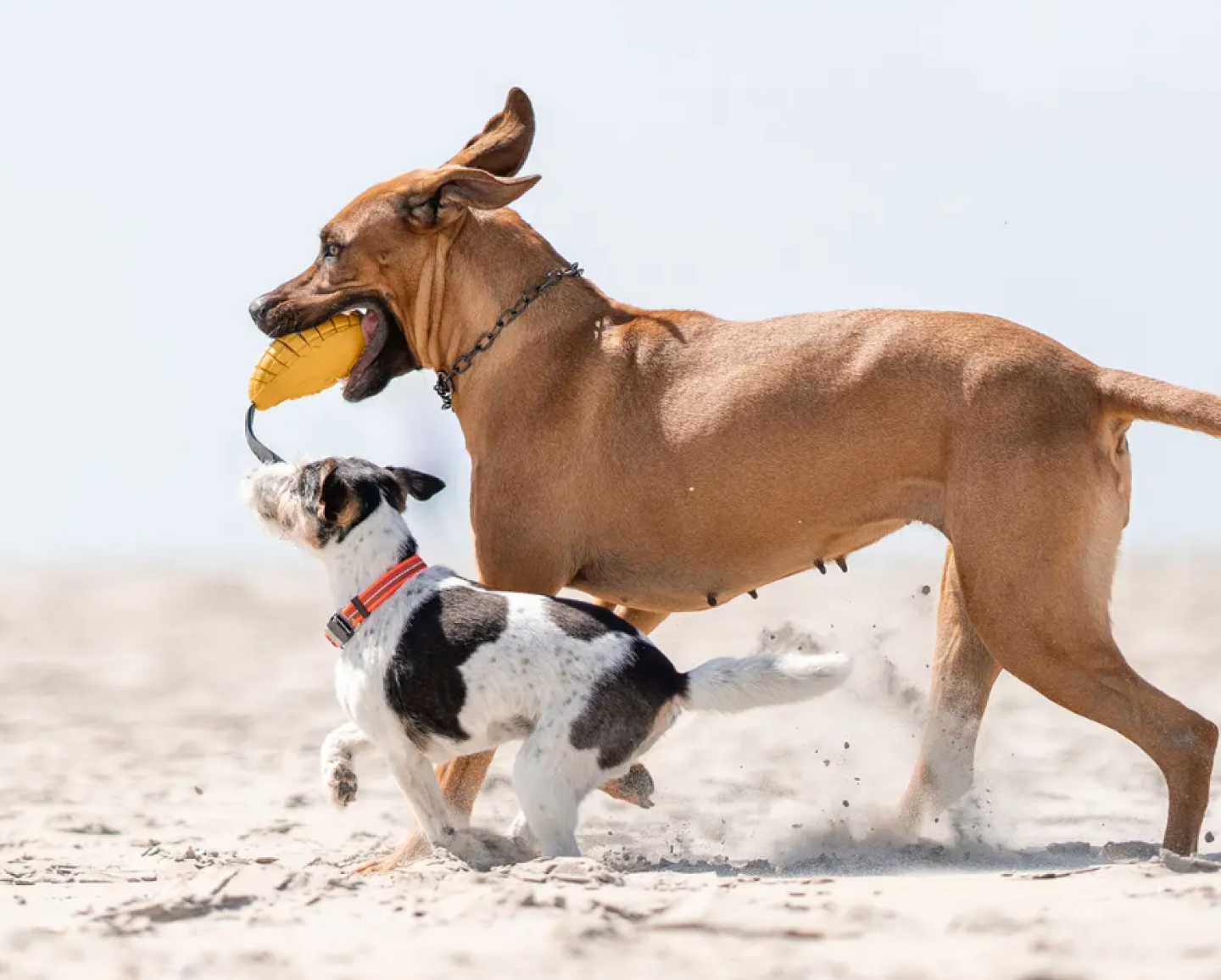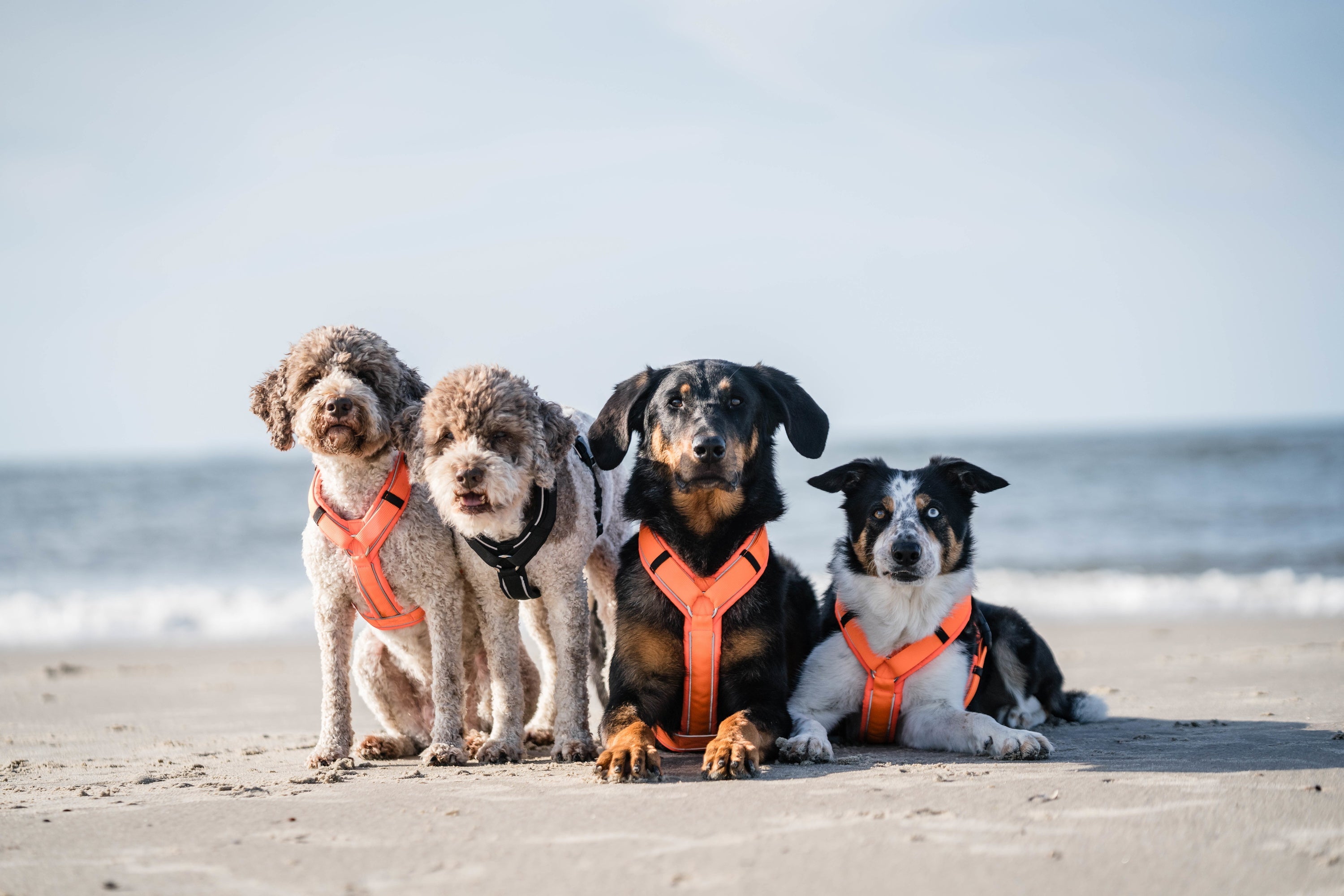
For many dog owners, dog harnesses are part of the basic equipment for their dog. However, with so many different types of harnesses for dogs and other collars and chain collars, it's not easy to find out what suits you and your dog.
Our guide to dog harnesses answers frequently asked questions about dog harnesses and helps you make the right choice!
Dog harness or dog collar: which is better?
For us, the answer is simple - it's all about the right mix!
You should of course know your dog best and make the decision based on his and your needs.
If you are still unsure, you can generally say that a (specialized) harness is the best choice for puppies and young dogs, fearful dogs from rescue shelters or for some dog sports. Likewise, if you and your dog like to be active together and go jogging, cycling or hiking, a harness is the right choice for most people, as pressure and sudden movements are better distributed.
If your dog is able to walk on a leash nicely, i.e. does not pull on the leash but has learned to walk on it in a relaxed manner, there is nothing wrong with a well-fitting collar or a fur-friendly chain collar in everyday life or as additional safety.
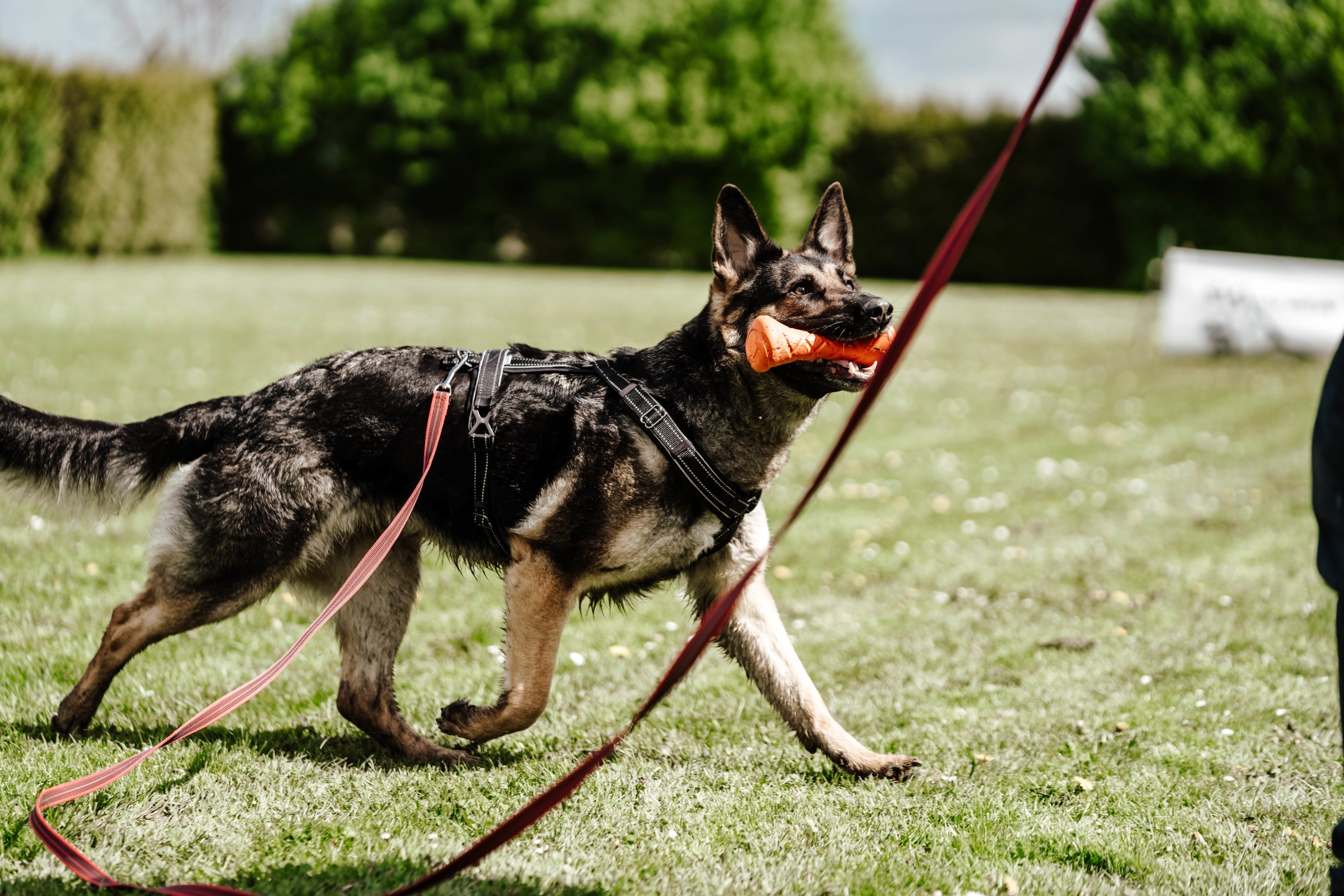
What should I look out for in a dog harness?
Choosing the right dog harness not only has something to do with your dog's safety, but also with its comfort. For both, the material and fit of the harness are of the highest priority.
Before you buy a dog harness, you should ask yourself whether you can answer the following questions on our dog harness checklist with a yes:
- Is the dog harness padded and made of soft, high-quality materials?
- Is the fit of the harness suitable for your dog and does your dog have enough freedom of movement in the harness?
- Is the harness adjustable?
- Does the dog harness suit your activities?
- Does the dog harness meet your needs (additional safety, reflective, etc.)?
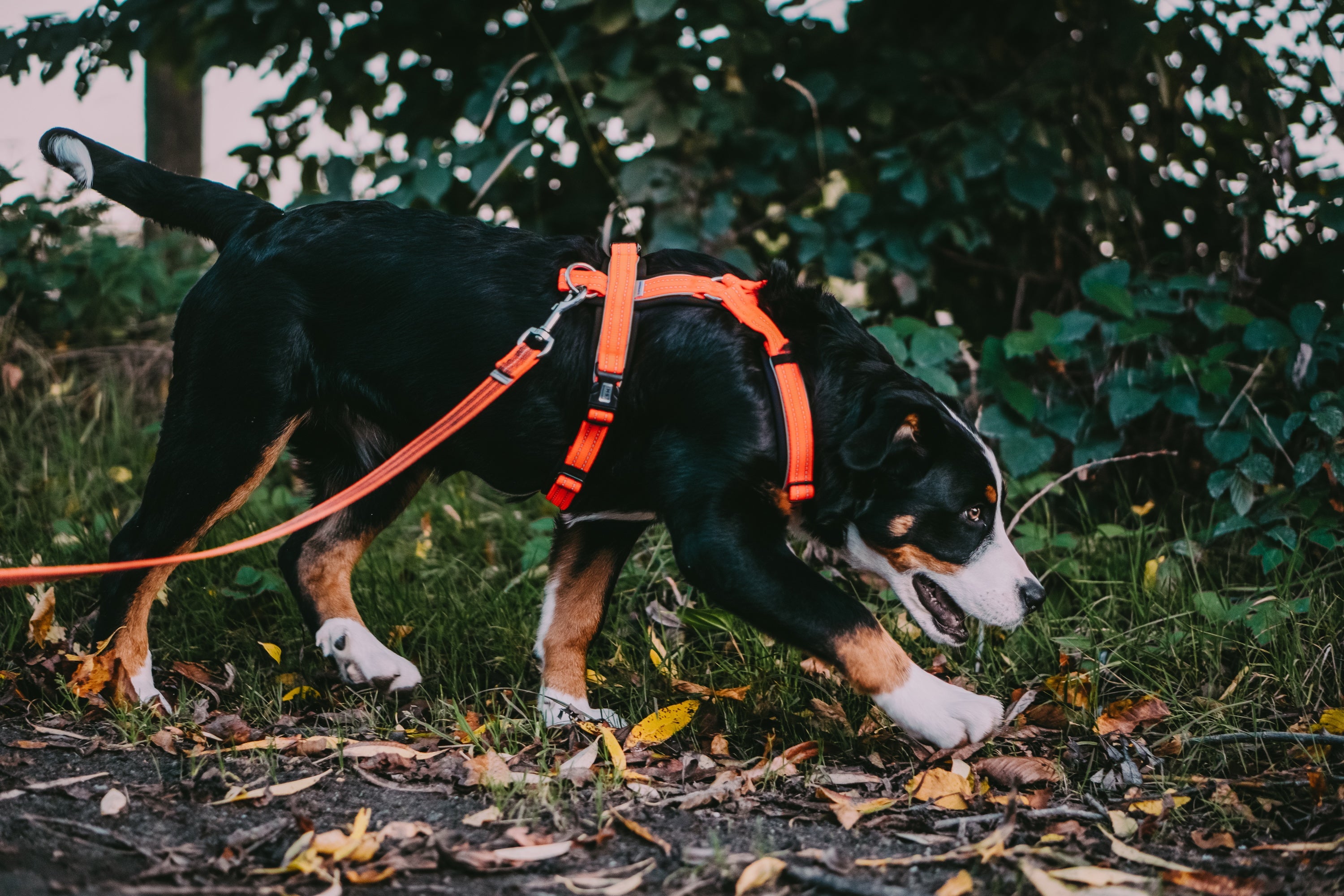
What types of dog harnesses are there?
Nowadays there are a variety of harness types. The best known include the following:
- H-harness
- Y-harness
- Norwegian harness
- Step-in harness
- Saddle harness
- Safety harness
The choice of the right type of harness depends not only on the dog's activity and build, but also on its preferences - some dogs do not like harnesses that have to be pulled over their head.

What is a Y-harness for dogs?
Y-harnesses are an alternative version of the lead harness/H-harness.
This type of harness is named after the Y-shaped webbing in the chest area and has a particularly good pressure distribution due to the angled and slightly offset neck straps. Compared to H-harnesses, Y-harnesses have a particularly tight and therefore secure fit, which reduces the risk of the dog slipping out. For this reason, you should pay particular attention to good padding and high-quality materials in Y-harnesses!
In addition, a Y-harness is particularly easy to put on: You can simply pull the head loop over your dog's head, pass the chest strap between the front paws and close the fasteners on both sides around the chest. This means no stressful paw lifting for your dog!
Why Y harnesses?
Y dog harnesses are popular for three reasons:
- They offer your dog maximum freedom of movement, especially in the shoulder area.
- They have a secure fit and are therefore also suitable for adventures if you need to hold your dog by the harness.
- They offer many options for adjusting the harness and adapting it to your dog.

SPRENGER Y-harness
At SPRENGER we know that different dogs and owners have different needs and preferences. For this reason, we also offer high-quality Y-harnesses in addition to our chain collars.
We offer our SPRENGER Y-harnesses in two versions: As the dog harness Y-harness and as the dog harness Y-harness 2.0.
Both harnesses come in black and orange and in different sizes - this way, small and large dogs will find the right dog harness for every occasion!

Advantages of the SPRENGER dog harness Y-harness
- Tear-resistant, lightweight nylon
- Harness padded with soft neoprene
- Ergonomically adapted shape and buckles for individual adjustability
- High-quality fasteners for high resilience and safety
- Additional safety and visibility in the dark thanks to all-round reflective strips

Advantages of the SPRENGER Y-harness 2.0
Our SPRENGER Y-harness 2.0 is an updated version of our popular classic and has one big advantage: it is available in even more sizes!
In size XXS as a dog harness for small dogs or in XL as a dog harness for large dogs, now every dog can benefit from harnesses in SPRENGER quality.
All the advantages of the Y-harness 2.0 dog harness at a glance:
- Available in 6 sizes from XXS - XL
- Tear-resistant, lightweight nylon
- Harness padded with durable, plush softshell
- Infinitely adjustable chest strap and waist strap
- Premium Duraloc buckles close easily yet securely
- Made in Europe, designed in Germany
- Additional safety and visibility in the dark thanks to all-round reflective piping

What is a safety harness?
The answer to the question “Which dog harness is the safest?” is quite simple: the so-called safety harness or panic harness.
Safety harnesses for dogs are characterized by their third strap. This surrounds the dog at the narrowest part of the body, making it impossible for the dog to wriggle out.
This type of harness for dogs is particularly helpful for rescue dogs that are new to Germany and is recommended as part of the double safety system.
Double safety for dogs - how does it work?
Double restraint can be particularly useful for dogs that are particularly anxious in unfamiliar or stressful situations. The reason: these dogs often react headlessly at first and choose to flee first. This becomes particularly problematic if a piece of equipment fails.
For this reason, you need the following for double securing your dog:
- Safety harness
- Very well-fitting collar or chain with pull-through chain
- Adjustable safety leash
- Lead leash
The adjustable safety leash is attached to the safety harness and looped around your own body or attached to a waist belt so that it cannot be accidentally dropped or slip through your fingers. The lead leash is attached to the collar or chain and held in the hand.
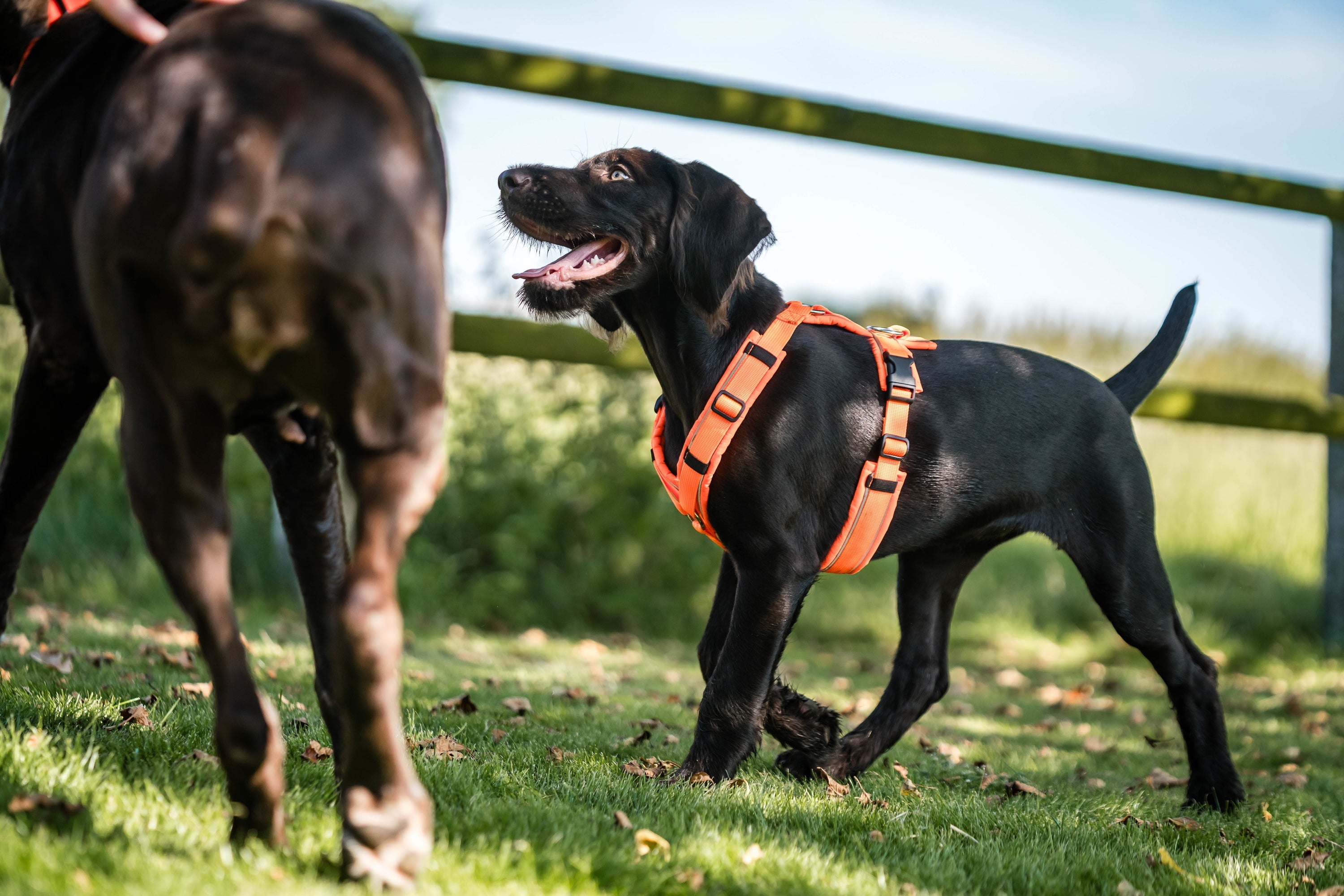
How do I find the right size for a dog harness?
To ensure that the harness fits your dog correctly, it is not only important that it generally matches the dog, but also that you choose the right size.
You know that your harness fits correctly and is the right size when there is no strap/ring pressing on the sternum or larynx at the neck and the belly straps have enough distance to the elbows but still rest on the rib area. In addition, you should be able to easily slide your hand under the straps at all points of the harness.
Especially with dog harnesses for puppies and young dogs, you should check the fit regularly to avoid unpleasant pressure points. Well-padded dog harnesses that can be adjusted are particularly recommended here!
Measure the dog harness
For a well-fitting dog harness, it is important that you measure your dog correctly. You can find out how to measure your dog for our SPRENGER harnesses here: Measuring your dog.
The right dog harness fit
Our video shows you simply and concisely how our Y-harness should sit on your dog!
It is particularly important that there is a hand's width of space between the front leg and the chest strap so that there is no unpleasant friction.
The correct fit is also important at the neck. Make sure that it does not sit too high on the neck and thus press on the larynx.
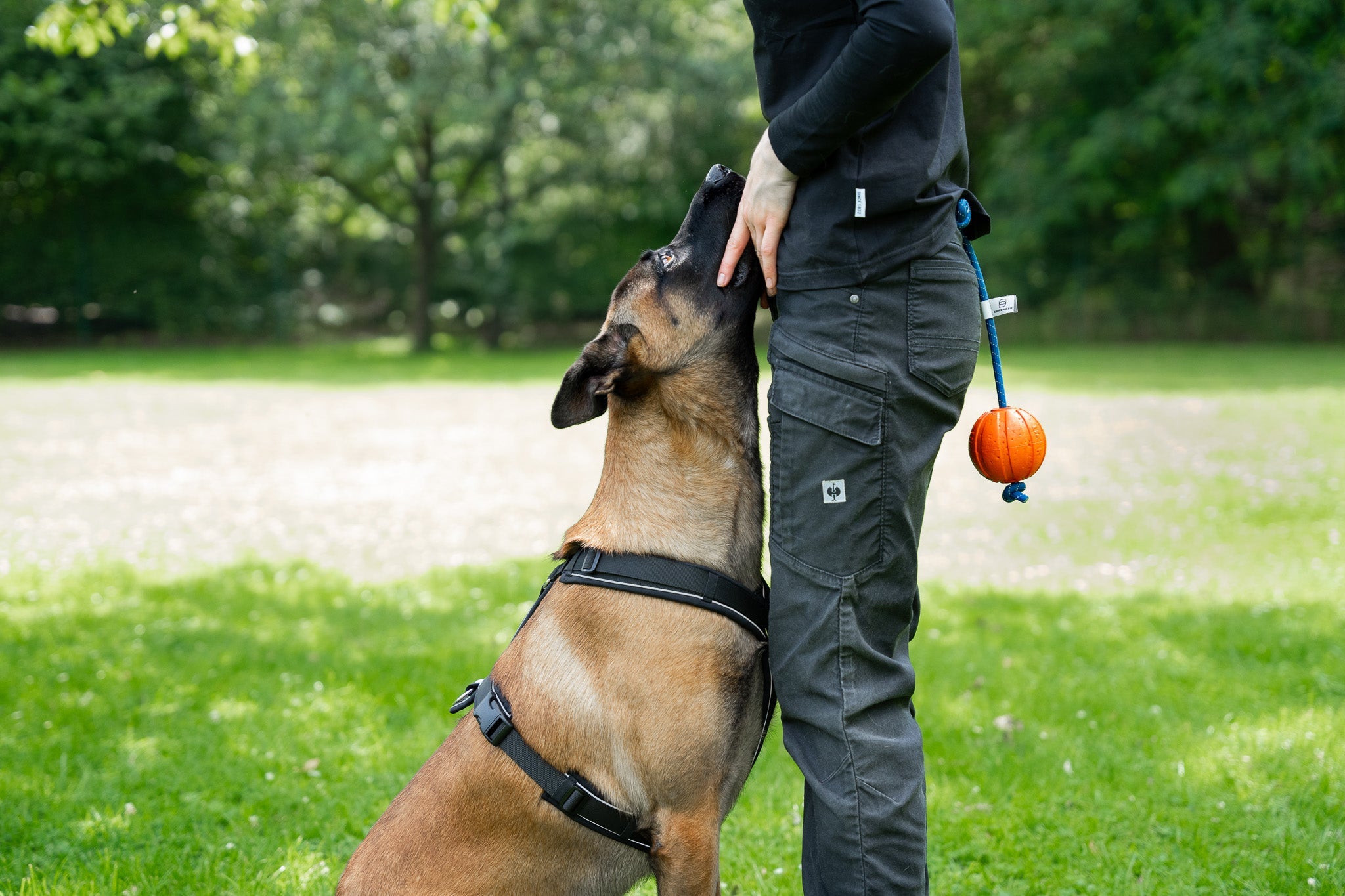
Advantages of dog harnesses at a glance
The advantages of dog harnesses are many and widely known, and it is not for nothing that many trainers swear by them. But harnesses are also an absolute must, especially for special dog sports. Canicross harnesses, mantrailing harnesses, pulling harnesses for dogs and dog harnesses for securing dogs in the car have a special design that is adapted to the specific requirements.
The two main general advantages of harnesses for dogs are:
1. Dog harnesses allow for even pressure distribution
Many dog owners are concerned that a collar or chain puts too much pressure on the dog's neck, especially with young, wild or not yet leash trainied dogs. In such cases, a well-fitting harness helps to distribute the pressure evenly over the dog's entire body.
2. Dog harnesses provide control and safety
If the harness fits correctly, it reduces the risk of the dog wriggling out compared to normal collars. This applies in particular to safety harnesses.
Disadvantages of dog harnesses at a glance
Nevertheless, dog harnesses are not the right choice for every dog, the big problem here usually lies in the fit, which is not suitable for the physique of every dog. The consequences:
- Dog harnesses often do not fit perfectly
- Dog harnesses can chafe
For this reason, choosing the right type and size of dog harness is particularly important!
Another disadvantage often cited is that harnesses restrict dogs. However, this is only partially true:
Some types of harnesses are not particularly well suited to dogs anatomically. Not only can they restrict their movements uncomfortably, especially in the shoulder area, but they can also cause permanent damage if they are not worn correctly. For this reason, saddle harnesses for dogs are not recommended.
PART OF YOUR PASSION.
